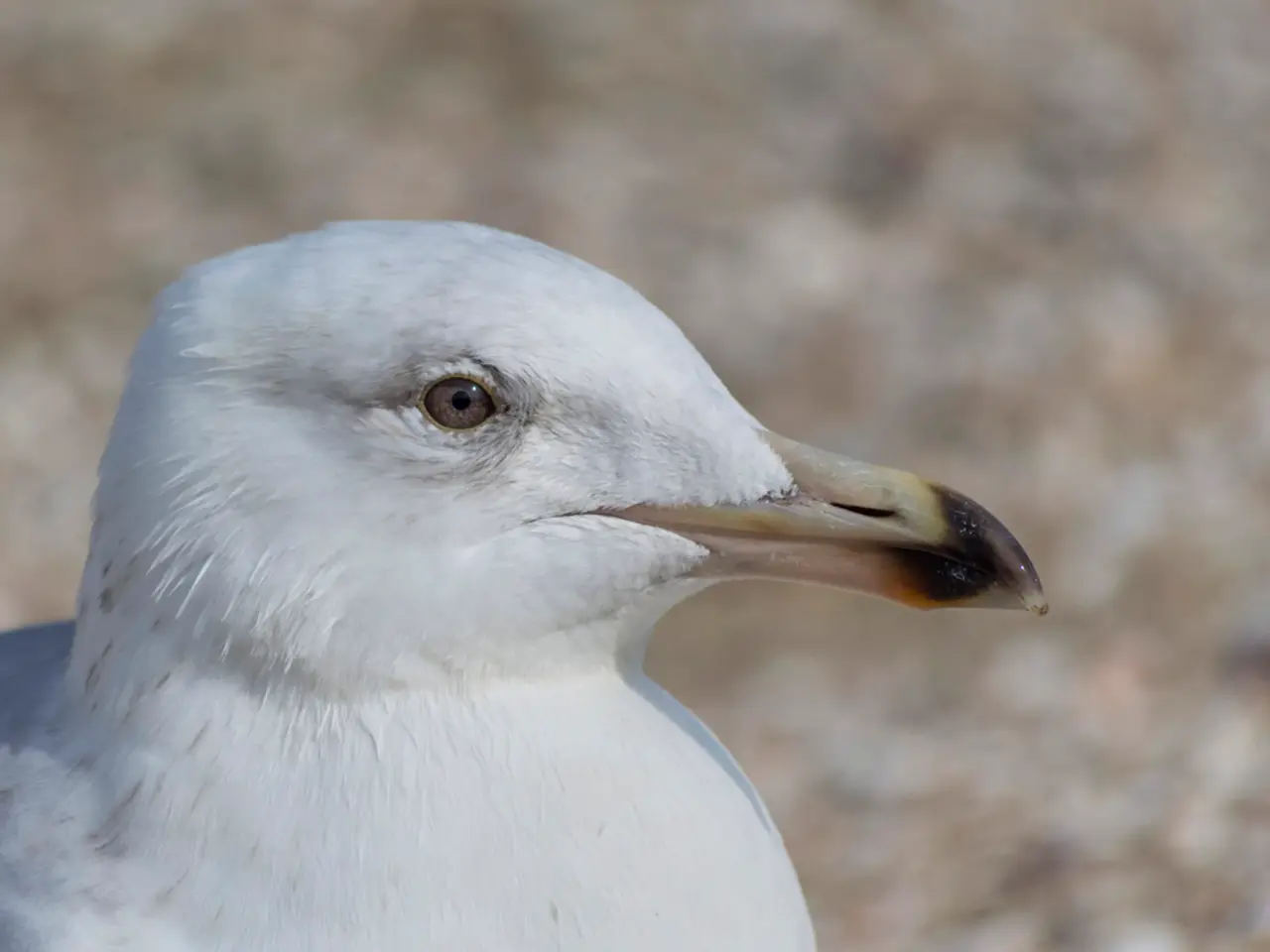Vibrant Melodious Bird with a Deep Heritage: The Oriole
The Oriole, a medium-sized songbird known for its bright colours and melodic calls, is one of the most beautiful and intriguing birds found in North America. This captivating bird is celebrated in folklore and culture, symbolising joy, adaptability, and resilience.
During the breeding season, Orioles settle in North America, particularly in the United States and southern Canada. They prefer open woodlands, forest edges, and suburban gardens, where they can find an abundance of food and nesting materials.
Orioles have a diverse diet that includes insects, fruits, and nectar. They play a significant role in pest control by consuming harmful insects. Males of most species display brilliant hues of orange, yellow, and black, while females and juveniles exhibit a more muted yellowish-green colouration.
Females are primarily responsible for nest-building and incubating the eggs, while males help in gathering food and defending their territory. Orioles often build intricate, hanging nests, usually suspended from tree branches, made from plant fibres, grasses, and other natural materials.
However, various factors have led to declining food sources and nesting sites for Orioles. Deforestation, urbanization, and pesticide use have taken a toll on their habitats. Changes in climate patterns also affect the migration timing and availability of food resources for Orioles.
Birdwatchers and conservationists play a key role in tracking Oriole populations and advocating for policies that ensure their long-term survival. Organisations such as the Audubon Society and the U.S. Fish and Wildlife Service actively work to conserve Oriole birds by protecting and restoring their natural habitats, promoting native plant growth for food sources, and implementing monitoring programs to track population health.
By understanding their habits, supporting conservation efforts, and creating bird-friendly environments, we can help ensure that Orioles continue to thrive for generations to come. Effective ways to attract Orioles to a garden include offering food, providing nectar feeders, growing native plants, and ensuring a water source.
The Baltimore Orioles, the state bird of Maryland, and the Orchard Oriole are among the most well-known species in North America. The Baltimore Orioles is also the namesake of the Baltimore Orioles baseball team.
During the late summer or early fall, Orioles leave their breeding grounds for winter migration, traveling thousands of miles to Central and South America. Here, they seek warmer climates and ample food sources, making their journey an essential part of their lifecycle.
In conclusion, the Oriole is a fascinating and vital part of North America's wildlife. Its vibrant colours, melodious calls, and essential role in pest control make it a beloved bird among birdwatchers and conservationists alike. Through continued efforts to protect and conserve their habitats, we can ensure the Oriole's beauty and resilience continue to enchant future generations.
Read also:
- Honoring Ayurveda Day 2024: Tapping into the Power of AYUSH for Worldwide Wellbeing
- casesof West Nile virus resulting in fatalities in Greece, with seven individuals confirmed to have succumbed to the disease
- Nutrient-Packed Wonders: Why Sardines Deserve Respect for Their Health Benefits
- Assessing the Importance: Deciphering the Meaning Behind an Attention Deficit Hyperactivity Disorder (ADHD) Diagnostic Examination





